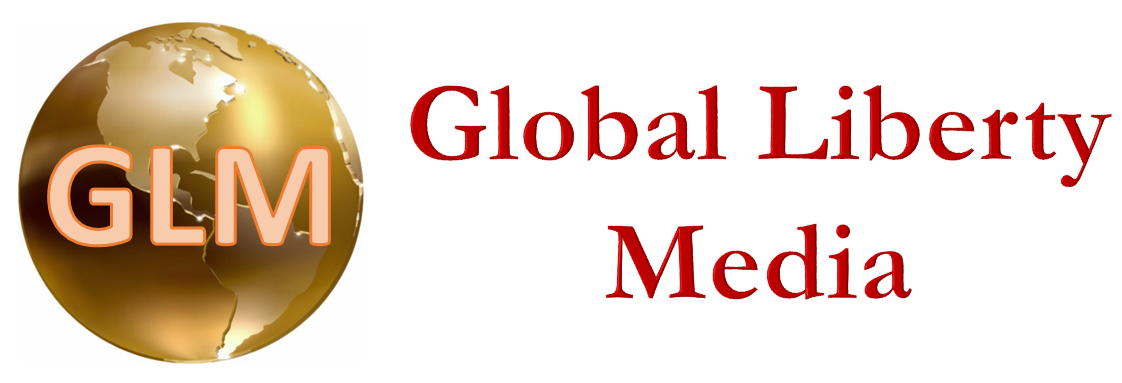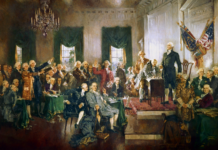It is impossible to evaluate the success/failure of a given policy without knowing the true intended goal of said policy. Too often, we try to assess policies based upon what WE would want as end products, but that may not be even remotely related to the goals of the policy makers. Let’s dig.
Minimum Wage Laws
The most common assumption of MW laws is to provide a baseline income to the lower echelon of working people—the unskilled, low-skilled, usually entry level workers. Today’s nomenclature has even expanded that to some ethereal, undefined ‘living wage’, whatever that is. While the end result is a price floor for labor, and the elimination of child labor sweatshops, that may not have been the original goal at all. Many theorists have postulated that MW was a way to price minority labor completely out of the labor pool. Back in the 1930s Great Depression years, Black labor (a broad-brush term if I ever used one) would work for a fraction of White labor, especially White union labor. Farming, construction, road crews, and the like utilized the lower cost labor quite well, to keep its production costs down. Minimum wage set a price floor, above that which the Black labor pool readily accepted. When compelled to pay the higher wages, employers shifted back to the White labor. That was the result, but we may never really know the true INTENTION of the lawmakers that passed such laws. If the goal was the first sentence of this paragraph, mission accomplished. But if the goal was to push minority labor to the back of the hiring line, while that result was achieved, it would certainly paint such laws in poorer light than otherwise. Current calls to raise the MW to $15/hour sound like elevating the entry-level work force wages, and that may in fact be true. But it will also price entry-level employees completely out of the small business, low-profit-margin companies. And it will undoubtably raise the unemployment rate of the low-skilled, no-skilled labor pool. As most Economists agree, the true MW is $0 (unemployed). But what if the goal of raising MW is that many union contracts are expressed as mathematic equations, with MW as the base (such as, 2 x MW)? What if the real goal is to increase union wages, that in turn, contribute to political parties? Doesn’t sound quite as benevolent as ‘raising wages to a living level’, does it?
Federal Welfare Laws
State and local welfare programs were in place almost since the beginning of our country. Most were administered by local churches, providing temporary sleeping quarters and food for the extremely needy. And at that local level, the programs were excellent at weeding out those that were more lazy than needy—the perpetual folks were easier to spot by the folks administering the food and beds. That all changed in 1935, as a section of the Social Security Act provided for Federal programs for the indigent—Federal Welfare was born. Perhaps the most over-generalized depiction of our society is the sector of the population on Federal Welfare. Some assume that 80-100% of Welfare recipients are inner-city, single-parent Black families. Those assumers would likely be shocked of the real percentages of Federal Welfare by race. Per World View, “As of July 8, 2014, the demographic breakdown of welfare recipients was 38.8 percent Caucasian, 39.8 percent African American, 15.7 percent Hispanic, 2.5 percent Asian and 3.3 percent Other”. Granted, that, as of 2016, Non-Hispanic Whites were 61.28% of the population, Hispanics were 17.79%, Blacks only 13.31%, Asians only 5.67%, the Blacks are a bit overrepresented in the Welfare stats—but no where near the assumption numbers. But what was the goal of Federal Welfare programs? If it was to provide a temporary assist to those encountering hard times, it has failed in spades. There are now fourth and fifth-generation Welfare families, that have no idea how to search, find, or maintain a job—even those that are physically capable. If it was the intention of these programs to create a dependency culture, those that cannot physically survive in today’s society without governmental assistance, they have succeeded quite well. Note that such recipients are MUCH more likely to vote for candidates that promise more things for them, regardless of the costs to others. Since this class of folks pays negative taxes, receiving much more from the government than they ever pay in, they are completely unconcerned if taxes are raised—they are not impacted at all.
Illegal Immigration
This is one of the most difficult topics to assess its goals. Theoretically, the Federal US government works for the citizens of the United States. Those elected officials are elected to represent its State or district’s citizens in the law-making process. Yet large percentages of our Congress, along with our sitting US President, currently favor illegal immigrants AHEAD of citizens! How can this be? Look to the goals of such policies. If the goal is to import a near-slave labor class, this would work. If the goal is to import a new dependency class (see Welfare above), this would work. If the goal is to import voters likely to vote for more government programs rather than less, this would work. If the goal is to reduce the US standing in the world to nearer the average, this would work. Perhaps hiding behind real or imagined ‘compassion’ is a less-than-heroic scheme? You are free to decide for yourselves.
Federal COVID Relief Funds
Prior to the COVID virus in early 2020, the US economy was at record or near-record highs in productivity, and at record or near-record lows in unemployment rates, for virtually every segment measured. This did not require spending $T, it just needed government (regulations and taxes) to be eased. Now, a year and a half later, Congress has spent so much money on extending and enhancing unemployment compensation and relief, employers cannot find entry-level workers at all—they make more money not working than working. But this funding has to come from somewhere! If you guessed restoration of higher tax levels, along with printing currency 24/7, you’d be correct. The US is scheduled to spend more than $2T more than its tax receipts this year. Read that again. The US will BORROW about 40% of the funds spent in 2021. If the goal was to return to a prosperous, productive economy, benefiting the most people possible, the action would’ve been to open States’ economies to the levels prior to COVID shutdowns. Hiding behind nebulous public safety concerns, many Governors are still hindering their State’s policies. States like Florida and Texas are 100% open, with booming economies, and NO super-spreader events or staggering death totals, yet many States like NY, CA, MI, and IL, refuse to emulate them. Why? Examine the possible goals of these States. First, the Governors of these States tasted near-tyrannical power, and they refuse to relinquish it. Second, it puts their entire State in the dependency mindset of the Welfare attitude mentioned above. Third, big-box businesses (those most likely to contribute to politicians) were seldom closed during this ‘pandemic’, while their erstwhile competition, small businesses, were forced closed. Those were so badly economically damaged, many will not reopen.
In summary, when a governmental policy simply does not make rational sense, when doing nothing would produce better results than whatever they propose doing, look to the REAL goals of such policies. And the examples are many—just look at virtually anything government touches. It may be something as simple as who pays the most in campaign funds, or as complex as changing the entire makeup of the electorate, but rest assured, there IS a reason, even if it isn’t publicized or even apparent. Government folks are way too lazy to do something without incentive, whether we see what drives that incentive at all.

























